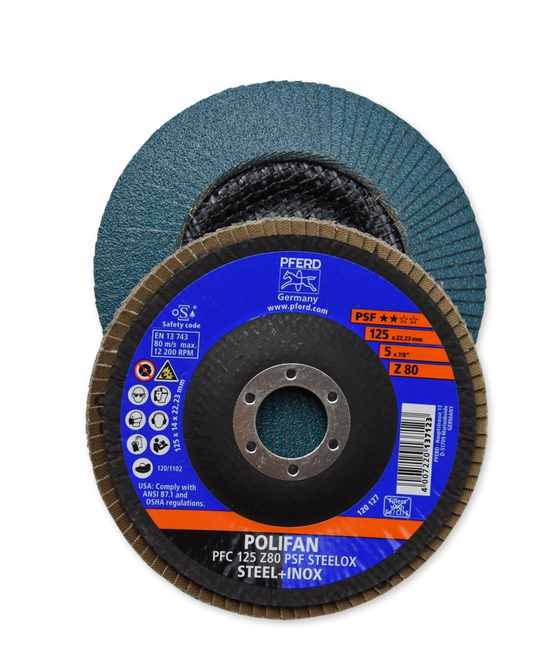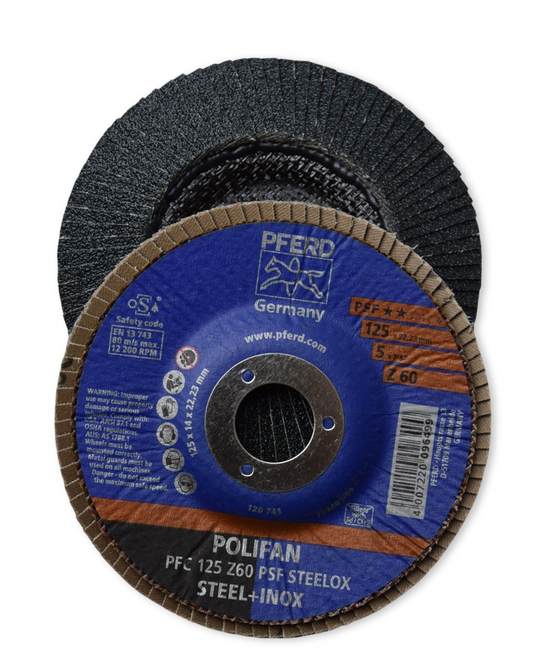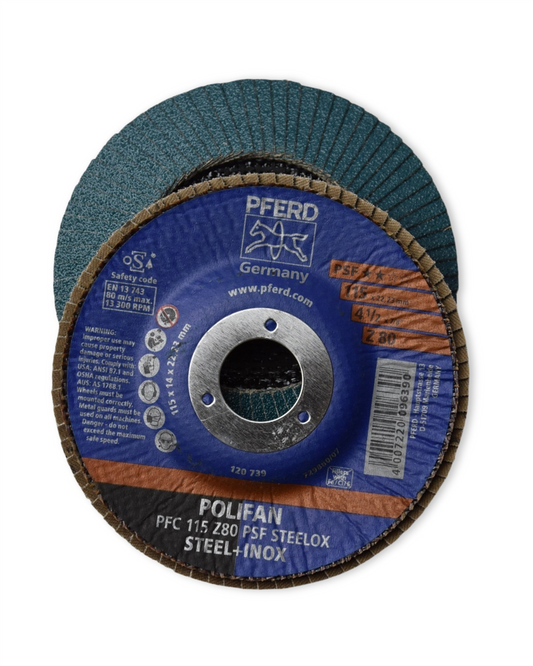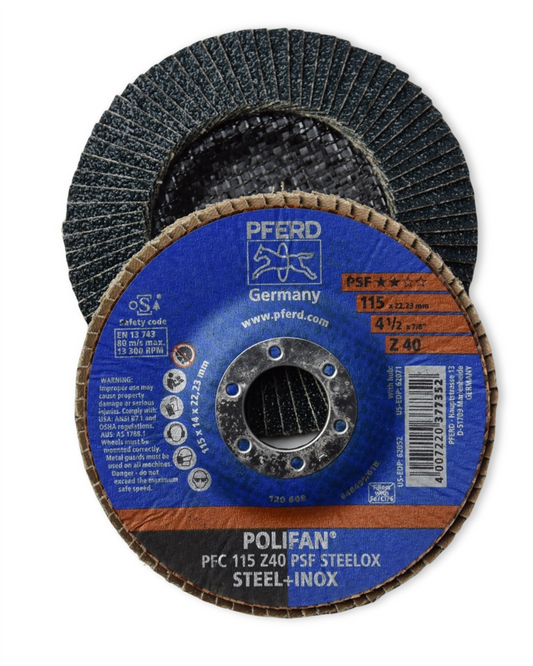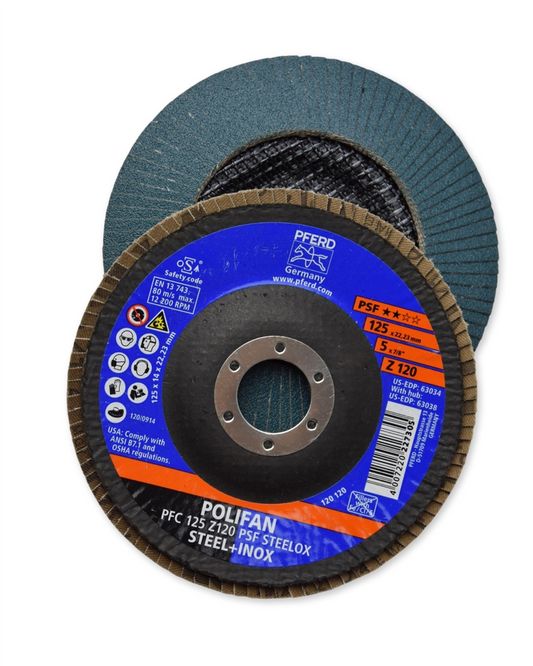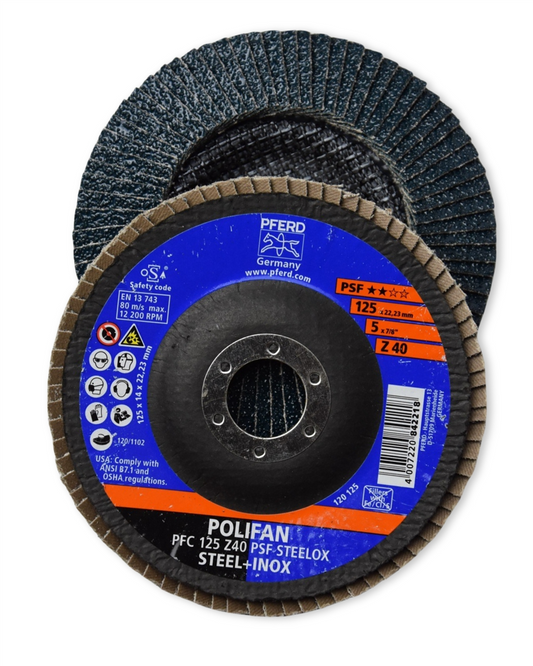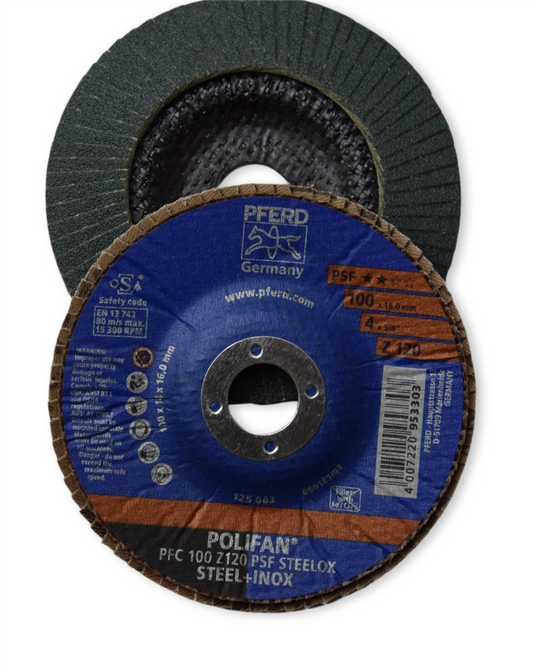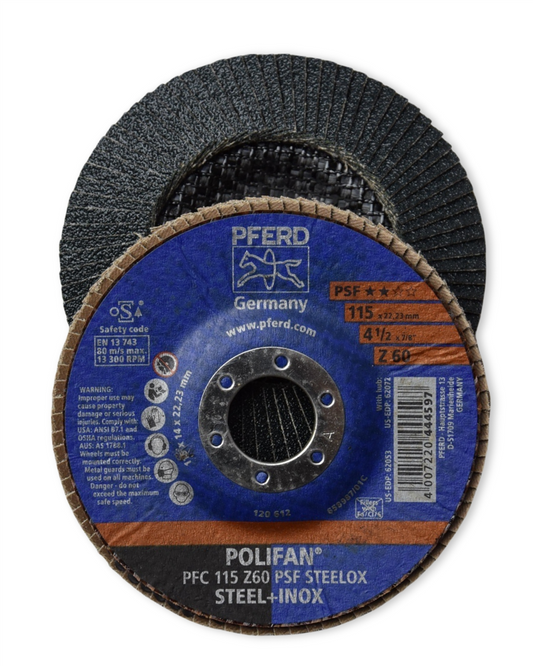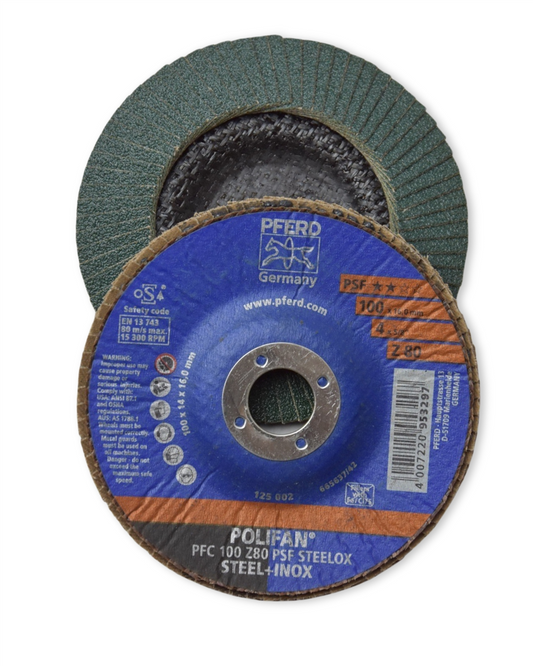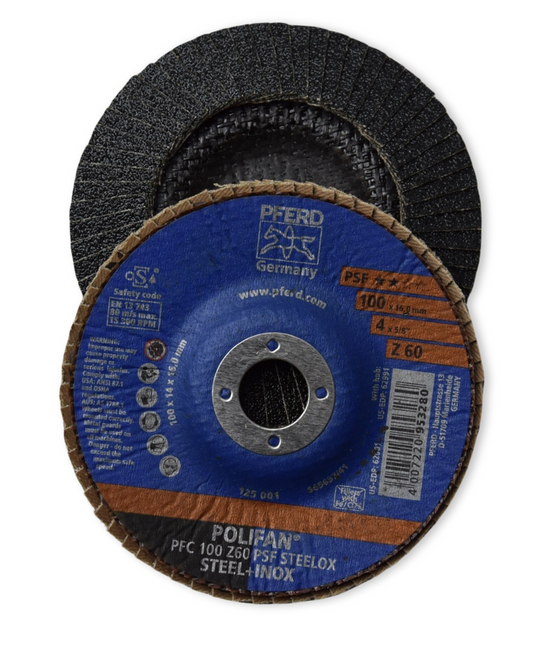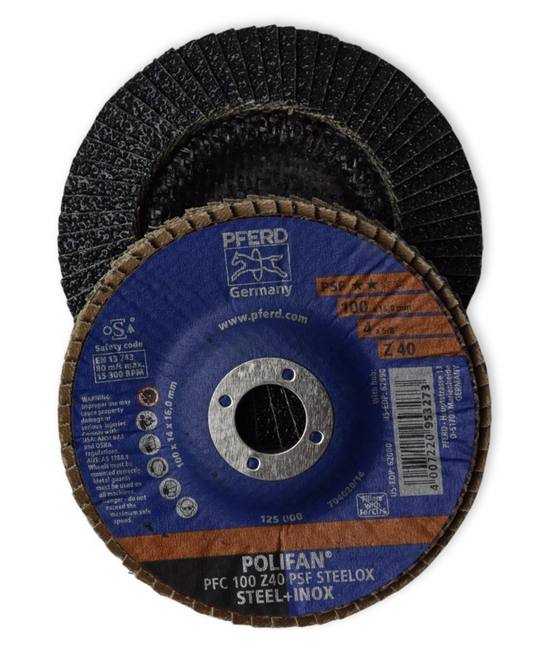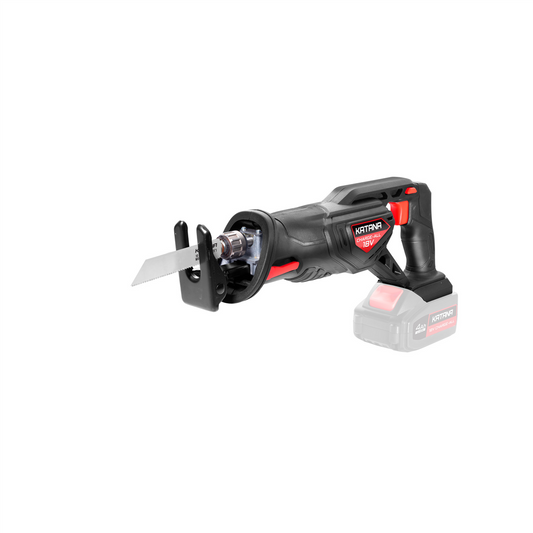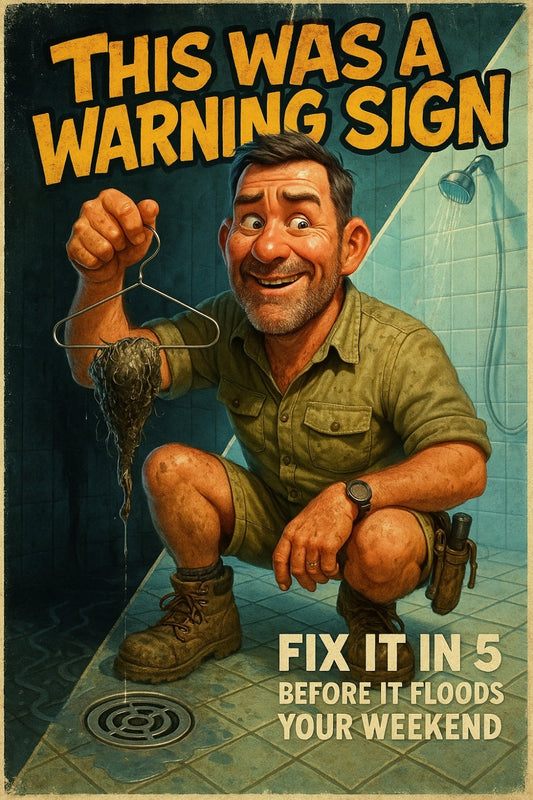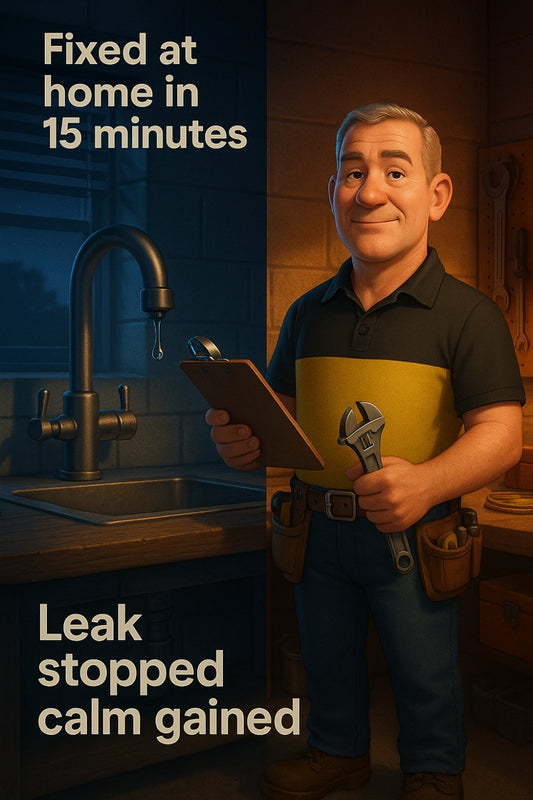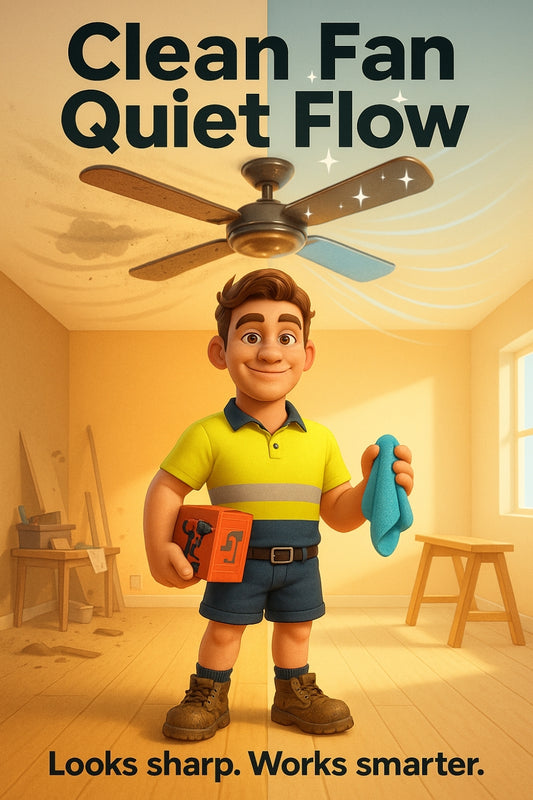Wrong screw, right hole? Here's how not to stuff up your next DIY fix
Share
Which Screw Goes Where? A Down-to-Earth Guide for Fasteners That Actually Hold
Because no one wants a wobbly shelf, a slipping bracket, or a mystery hole in the wall
You know that moment. You’ve got a picture frame in one hand, a drill in the other, and three different screws staring back at you like they all want the job. But which one’s actually up for it?
If you’ve ever felt unsure about which screw, nail, or wall plug to use — you’re in good company. Choosing the right one can mean the difference between a job well done and a job half re-done next weekend.
So what’s the real difference between a screw and a nail?
Nails go in fast and hold with sheer grip. They’re old-school reliable — best for wood upon wood, like in framing or basic repairs. Screws are more refined — they spiral in, lock tight, and are great when you need strength and the option to pull it out again later without turning your wall to dust.
“A screw gives you control. A nail gives you speed. Your job decides the winner,” says Dave from the shed counter, a seasoned local with 40 years of fixing things that wobble.
Here’s a quick guide to what goes where:
- Nails: Perfect for timber framing, fencing pickets, cabinetry backs, skirting boards.
- Wood Screws: Great for furniture, DIY shelves, hinges — anything that needs strength over time.
- Plasterboard Screws: Sharp, with a wide thread. Designed not to fall out of crumbly walls.
- Self-Tapping Screws: Ideal for sheet metal, aluminium, or attaching to thin steel joins.
- Decking Screws: Coated to resist rust and splitting — essentials for outdoor timberwork.
And then there are wall plugs (sometimes known as "rawl plugs"). These little wonders give screws something to grip when you're fixing into trickier surfaces like brick, concrete, or plasterboard.
What is a wall plug, and do you really need one?
You do — if you're fixing into a wall that's hollow, soft, or brittle. Screwing directly into plasterboard without one is like digging a hole in icing sugar and expecting it to hold a hook. Enter, the wall plug: it fills the hole and grips the screw so that your bracket, hook, shelf or mirror stays up.
There are different types for different walls:
- Plastic Wall Plugs: The basics, perfect for most light household fixtures in brick or concrete.
- Toggle Bolts: Fan out behind plasterboard and are strong enough to hold picture frames or light shelving.
- Masonry Anchors: Ideal for outdoor jobs or solid stone and concrete. Built for toughness.
The key to getting it right? Match the plug to the wall type and the job’s load. Don’t guess. If you’re drilling into stone or old brick, softer plugs won’t cut it. Same goes if you’re hanging a coat rack or curtain rod — use plugs designed to bear weight.
How to know what you’re drilling into
This might sound obvious, but not all walls are made equal. Press lightly or give a small knock near where you plan to drill. Hollow sound? That’s likely plasterboard. Solid clunk? You’re probably dealing with brick or concrete.
Still unsure? Pop a sample nail in first and check what's behind — careful hands never fail. And if you're not keen on surprises, talk to someone at your local store who knows local homes. There’s probably a story or two in the walls of every house in our town.
The little extras that make a big difference
- Drill Bits: Use masonry bits for brick or concrete, wood bits for timber. A mismatch can blunt your gear fast.
- Pilot Holes: A small guide hole before putting in a screw prevents wood from splitting and keeps your screw straight.
- Washers: Great for spreading pressure if screwing into soft material or attaching something metal.
And never rush — the best fixings are the ones done once, right. Step back every now and then. Tight doesn’t mean overdone. Overtightening can strip materials and undo hours of careful work.
Fastener Fails We’ve Learned From
We’ve heard stories over the years. Like the bird feeder that came off in a puff of wind — turns out it was hanging on plain old wood screws drilled into thin air. Or the curtain rod that slowly drooped until it finally gave in — wall plugs too shallow and screws too small.
“Every slip-up teaches you something, and you know better next time,” as Jim likes to say while shaking his head with a chuckle.
It’s not about being perfect every time. It’s about knowing what works, asking when you’re not sure, and slowly building your confidence one fix at a time.
Things to think about before picking up the drill
- What kind of surface are you fixing into?
- Is the item you're hanging light, medium, or heavy?
- Is this an indoor job or exposed to weather?
- Need a clean finish or more about strength?
No need to guess at all this. The difference between “I hope this holds” and “I know this will hold” is usually just the right advice, the right gear, and a bit of care in measuring (twice!).
Sometimes one screw can be the start of a lot more — a fresh fix, a bit of pride, a tidy result. Fuss-free and proper. That’s DIY at its best.
Happy fixing,
Candeece

Stay Connected
Follow our Facebook Page: Strathalbyn H Hardware on Facebook

